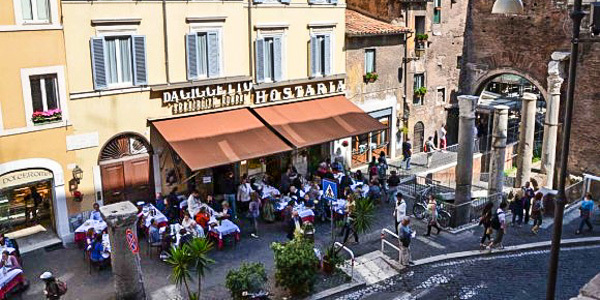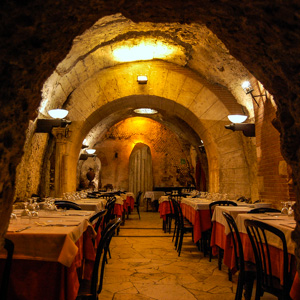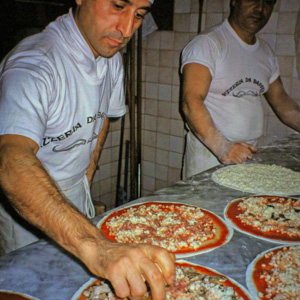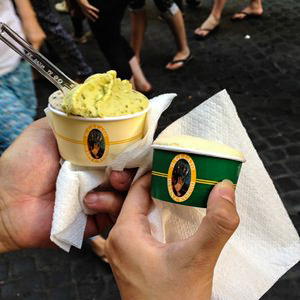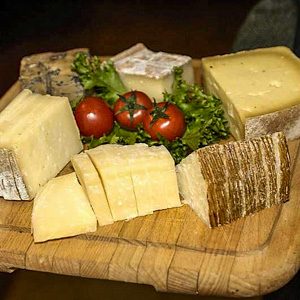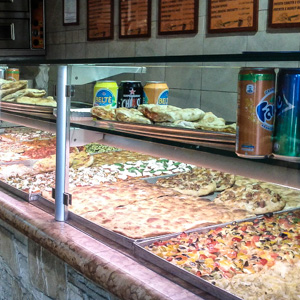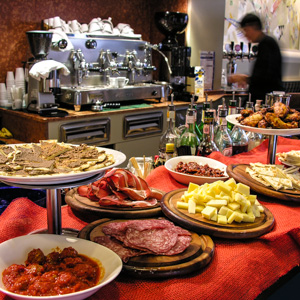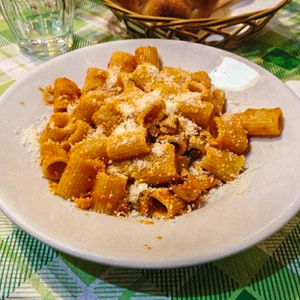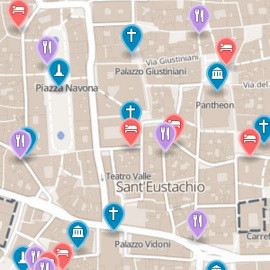| € | Under €15 |
| €€ |
€30–60 |
| €€€ |
Over €60 |
The dining prices categories above (and throughout this site) represent a rough estimate of how much, per person, you would pay for a standard Italian meal—which is to say three courses with a bottle of water and the house wine.
(A truly "full" Italian meal really consists of five courses—antipasto/appetizer, primo/first course, secondo/main course, contorno/side, and dolce/dessert—but few actually splurge on the whole, belt-busting thing at every meal. Select any three of your choosing and call it dinner. Espresso and digestivo at the end are extra.)
If we're talking about something other than a full-service, sit-down restaurant (pizzeria, sandwich shop, Venetian cichetti bar, or some other lighter-fare establishment), the price category will be for whatever constitutes a "full meal" there (a pizza and a beer, 5–10 cicchetti and a glass of wine, etc.). This is why every gelateria on this site is ranked "€."
Then again, if some old-school 19th century caffè on the main piazza charges four or five times what a typical bar does for a cappucino (and they do tend to), I'm slapping it with a "€€" even if your bill does come to under €15 a head because, relatively spekaing, it's really pricey.
That said, nothing is more variable than what you will spend to eat out. You may show up at a moderately priced restaurant and splurge on a truly full Italian meal of five courses (including the priciest seafood or steak dishes on the menu), plus dessert, grappa, espresso, and an expensive bottle of wine or two.
Your abstemious neighbor at the next table might just have a plate of spaghetti and a bottle of water.
Your bills will be radically different, even though you ate at the same place.
Splurge at your own discretion.
(In case you are curious how I estimate the costs, decades of writing travel guidebooks led me to a surprisingly accurate formula—at least for Italy. Average the price of the cheapest and most expensive primo on the menu—ignoring any obvious outliers, like a spaghetti with lobster that costs twice what everything else does. Now multiply that average by four. The result is amazingly close to the cost of a full meal at that restaurant.)

